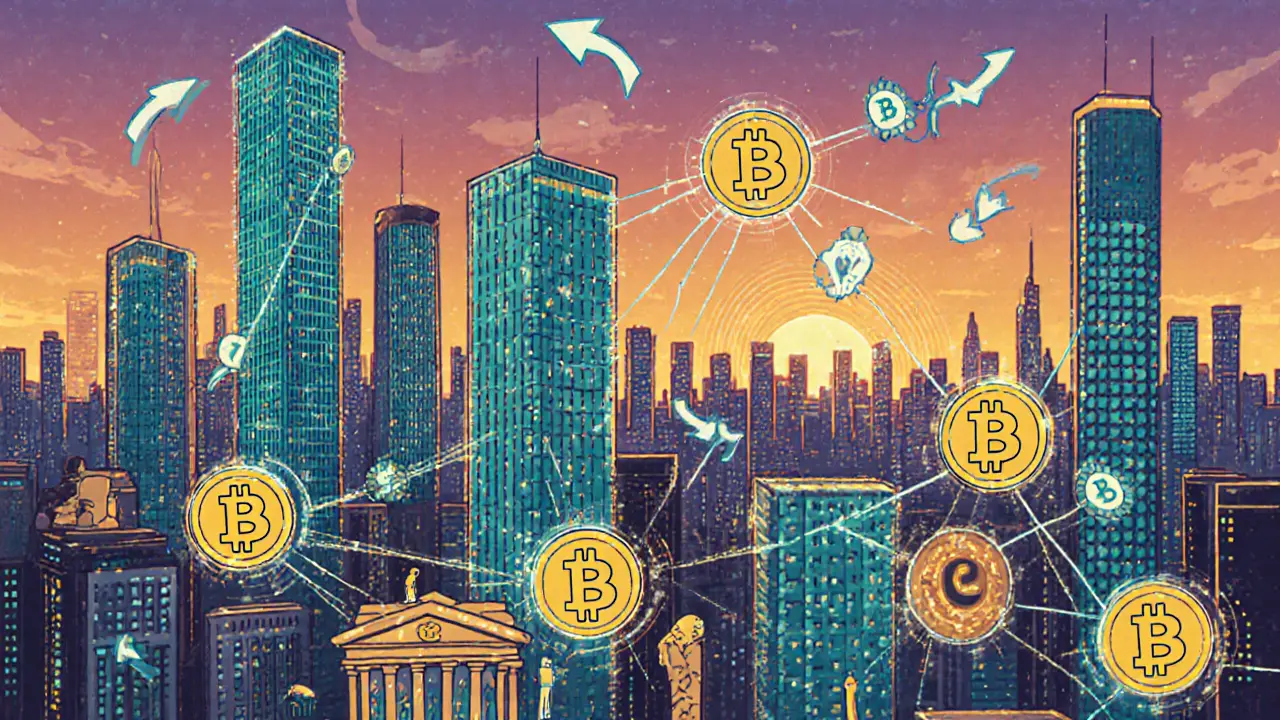Tokenized Assets: What They Are, How They Work, and Why They're Changing Finance
When you hear tokenized assets, digital representations of real-world property like real estate, art, or commodities, encoded on a blockchain. Also known as tokenized real-world assets, they let you own a piece of something physical without needing to buy the whole thing. This isn’t science fiction—it’s happening right now. A $5 million building in Dubai can be split into 5,000 tokens, each worth $1,000. Anyone with a crypto wallet can buy one. No lawyers, no paperwork, no waiting months for closing.
Tokenized assets rely on blockchain economics, the rules that govern how digital tokens gain value, circulate, and interact with real-world systems. These aren’t just speculative coins—they’re built to track ownership, enforce rules, and connect to legal frameworks. That’s why you see projects linking tokenized real estate to property registries or tokenized gold to vault audits. The goal? To make assets more liquid, transparent, and accessible. And it’s working. Countries like Switzerland and Singapore are creating legal pathways for this. Even banks are testing tokenized bonds.
But it’s not just about owning a slice of a building. DeFi, a system of financial apps built on blockchain that operate without banks lets you lend, borrow, or earn interest on your tokenized assets—without a middleman. Imagine putting your tokenized shares of a rental property into a lending pool and earning 6% APY automatically. That’s what’s possible when tokenized assets meet DeFi. It’s not about replacing banks—it’s about giving people control over their assets in ways they never could before.
And then there’s tokenomics design, the structure behind how tokens are created, distributed, and sustained over time. Poor tokenomics kills projects. Great tokenomics makes them last. The best tokenized asset projects don’t just tokenize something—they build incentives that keep users engaged, validators secure, and value stable. Think of it like running a business where everyone who owns a piece also helps run it.
You won’t find tokenized assets in your grandma’s savings account yet. But you’ll find them in the portfolios of hedge funds, in the smart contracts of startups, and in the underground crypto markets of Argentina and Pakistan, where people use them to protect wealth from inflation and currency collapse. They’re not a fad. They’re the next step in how humans assign and transfer value.
Below, you’ll find real examples of how tokenized assets are being used—some successfully, some disastrously. You’ll see what works, what’s a scam, and what’s quietly changing finance without the hype.
